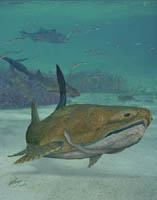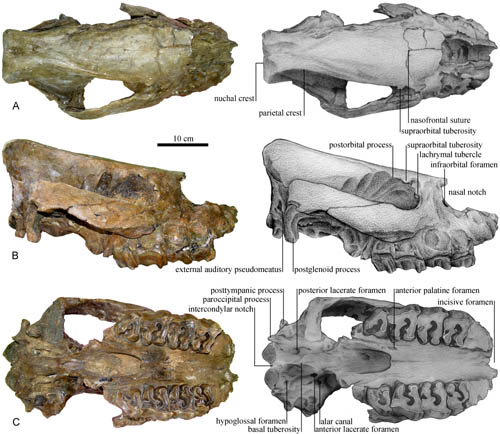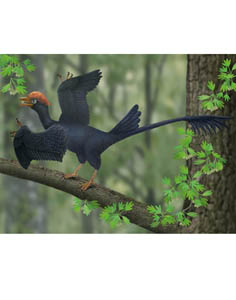 |
Early Cretaceous Bird With Unique “Two-tail” Plumage Found in China |
| A bird that lived 125 million years ago in what is today Western Liaoning of Northeast China had a unique “two-tail” plumage, according to a study published October 07 in the early edition of the Proceedings of the National Academy of Sciences. The new specimens indicate a previously unrecognized degree of diversi... |
|
|
|
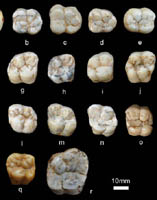 |
Exploring Dental Enamel Thickness of Giant Ape by using High-resolution CT |
| Gigantopithecus blacki, the largest known species of primate, lived mainly in South China during the Pleistocene. The enormous body size of this taxon, together with its special dietary proclivity and possible relationship with hominins arouse great interest among paleoanthropologists. The dental enamel thickness of... |
|
 |
40,000-year-old Early Modern Human Discovered Outside Beijing |
Find Helps Scientists Map Waves of Migration Across the Continents
Kevin Holden Last Modified: 25 Jul 2013 11:20
Scientists from Germany’s Max Planck Institute for Evolutionary Anthropology extracted DNA from the Tianyuan early modern human and compared it with genetic profiles of people living around the w... |
|
|
|
 |
Tracing the Evolution of Avian Wing Digits |
| It is widely accepted that birds are a subgroup of dinosaurs, but there is an apparent conflict: modern birds have been thought to possess only the middle three fingers (digits II-III-IV) of an idealized five-digit tetrapod hand based on embryological data, but their Mesozoic tetanuran dinosaur ancestors are conside... |
|
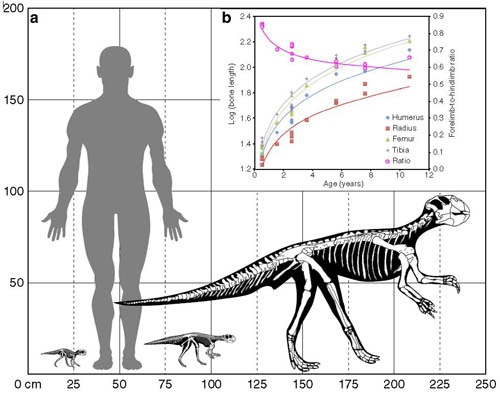 |
Study Shows ‘Parrot Dinosaur’ Switching from Four Feet to Two as It Grew |
Tracking the growth of dinosaurs and how they changed as they grew is difficult. Using a combination of biomechanical analysis and bone histology, palaeontologists from Beijing, Bristol, and Bonn have shown how one of the best-known dinosaurs switched from four feet to two as it grew.
Psittacosaurus, the ‘parro... |
|
|
|
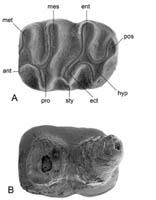 |
Earliest Known Microtoid Cricetid Found From the Junggar Basin of China |
| Microtoid cricetids are widely considered to be the ancestral form of arvicoline rodents, a successful rodent group including voles, lemmings and muskrats. The earliest previously known microtoid cricetid is Microtocricetus molassicus Fahlbusch and Mayr 1975 from the Late Miocene (MN9, about 10-11 million years ago)... |
|
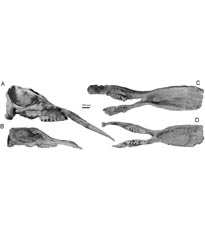 |
New advance on Platybelodon from the Linxia Basin of China |
| Platybelodon is a group of extinct Proboscidea. They extended from the early Miocene to middle Miocene of Eurasia. Evident also shows that some of them reached North America in the late Miocene. These strange animals were first reported by Borissiak in 1927 from the middle Miocene of the Kuban Region, Caucasus Area.... |
|

